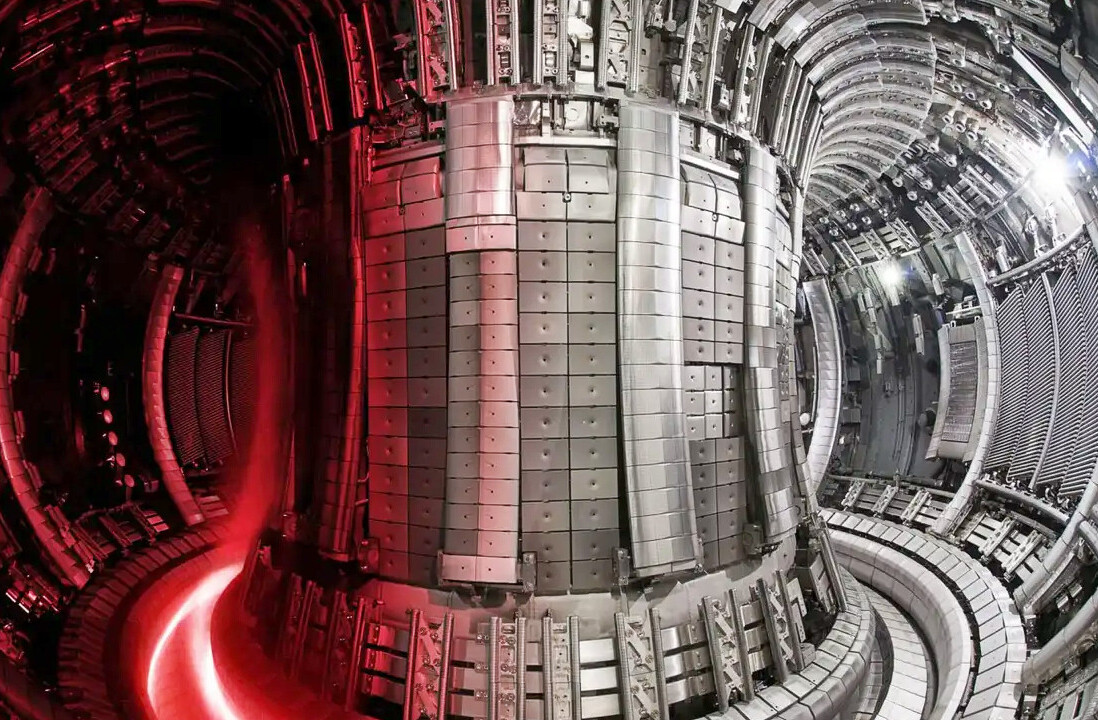
Astronomers using the new Daniel K. Inouye Solar Telescope in Hawaii have released their first public images of the Sun, and they are the most detailed images of our parent star ever taken. Images from the next-generation National Science Foundation (NSF) solar observatory reveal details on the surface measuring just 30 kilometers (18 miles) in diameter.
The new four-meter (157 inch) instrument (the largest solar telescope in the world) recorded images and video of turbulent plasma on the surface of the Sun, providing an unprecedented level of detail for solar researchers.
“Since NSF began work on this ground-based telescope, we have eagerly awaited the first images. NSF’s Inouye Solar Telescope will be able to map the magnetic fields within the sun’s corona, where solar eruptions occur that can impact life on Earth. This telescope will improve our understanding of what drives space weather and ultimately help forecasters better predict solar storms.” said France Córdova, NSF director.
[Read: This new satellite is dedicated to observing alien worlds outside of our solar system]
The solar weather report
The Sun converts five million tons of hydrogen fuel into energy every second, and that energy is driven, over the course of hundreds of thousands of years, from the core of the Sun to the surface. Eight minutes later, a small portion of that energy lands on Earth, driving terrestrial weather, affecting the chemistry of the world, and driving nearly all life on the planet.
Each individual cell seen in the video carrying heat from the inside of the Sun to the surface is roughly the size of Texas. Hot solar plasma rises from below the bright center of these cells, before it cools and falls back into the Sun, producing the dark edges of the cells seen in the video.

Our understanding of how the Sun operates and how conditions there affect our own world has evolved over time. During the 1950’s, astronomers discovered the solar wind, which permeates the Solar System. Later research revealed a tenuous outer solar atmosphere extends beyond the orbit of the Earth.
Space weather, driven by solar activity, can affect conditions on Earth. Magnetic forces produced by the Sun can form solar storms, disrupting air travel, disturbing GPS and cellular communications, and impacting electrical systems. As human society becomes ever-more dependent on technology, understanding space weather grows increasing critical for civilization.
“On Earth, we can predict if it is going to rain pretty much anywhere in the world very accurately, and space weather just isn’t there yet. Our predictions lag behind terrestrial weather by 50 years, if not more. What we need is to grasp the underlying physics behind space weather, and this starts at the sun, which is what the Inouye Solar Telescope will study over the next decades,” said Matt Mountain, president of the Association of Universities for Research in Astronomy, which manages the Inouye Solar Telescope.
During Hurricane Irma in 2017, a space weather event impacted communications used by first responders, as well as aviation and maritime channels, hampering emergency effort just hours before the storm made landfall.
This is nothing like a magnifying glass and the sun. OK, maybe a little…
Located 10,000 feet above the Pacific Ocean, at the summit of Haleakalā in Hawaii, the Inouye Solar Telescope enjoys unparalleled viewing conditions of the sky, making it an ideal location for astronomy.
The telescope also gathers a total of 13 kilowatts of solar energy during observations, generating vast amounts of heat. This heat is dispersed through seven miles of piping, cooled by ice which forms overnight on top of the massive mountain. The dome utilizes cooling plates and shutters to stabilize temperatures, and a heat-stop — a liquid cooled metal donut — blocks most heat from the Sun from reaching the primary mirror of the telescope. The video below shows the surface of the Sun, seen at a wavelength of 705 nanometers (nm), recorded over a period of 10 minutes. Details as small as 30 kilometers (18 miles) across can be seen for the first time ever.
Most atmospheric blurring in the image will be eliminated through the use of an off-axis mirror placement, combined with the most advanced focusing and image stabilization electronics ever built into a solar telescope.
This level of detail is needed to measure the effects of the magnetic field of the Sun on space weather. Combined with observations from the Parker Solar Probe currently in orbit around the Sun, this instrument is expected to deliver significant advances in solar science in the coming years.
“The sun, with all those planets revolving around it and dependent on it, can still ripen a bunch of grapes as if it had nothing else in the universe to do.” — Galileo Galilei
In 2013, the Advanced Technology Solar Telescope was renamed the Daniel K. Inouye Solar Telescope in honor of the late senator from Hawaii, who was known as an advocate for science and technology.
David Boboltz, program director in NSF’s division of astronomical sciences, claims the Inouye Solar Telescope will gather more information about the Sun in its first five years than the human race has learned since the first serious solar observations in 1612.
This article was originally published on The Cosmic Companion by James Maynard, an astronomy journalist, fan of coffee, sci-fi, movies, and creativity. Maynard has been writing about space since he was 10, but he’s “still not Carl Sagan.” The Cosmic Companion’s mailing list/podcast. You can read this original piece here.
Get the TNW newsletter
Get the most important tech news in your inbox each week.






